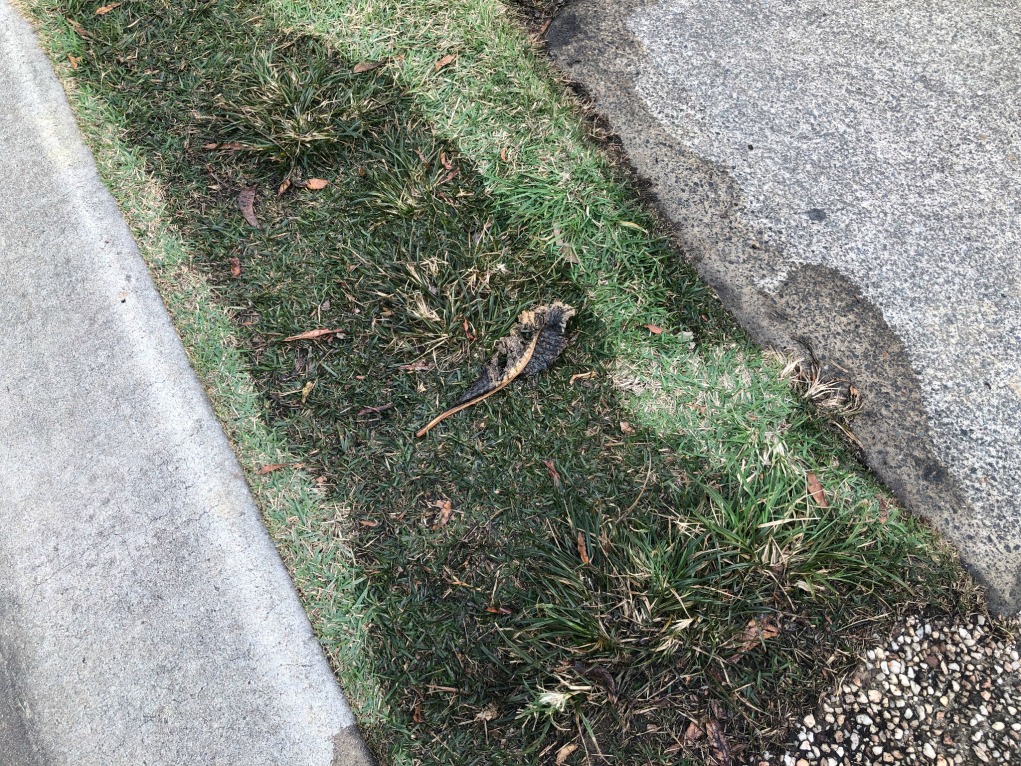Unmasking Concealed Water Line Leaks: 6 Smart Detection Hacks
Unmasking Concealed Water Line Leaks: 6 Smart Detection Hacks
Blog Article
The writer is making several good points regarding Top leak detection hacks in general in this post just below.

Early discovery of leaking water lines can alleviate a possible calamity. Some tiny water leakages may not be noticeable.
1. Examine the Water Meter
Every house has a water meter. Checking it is a surefire way that helps you discover leaks. For beginners, switch off all the water resources. Make certain no person will certainly flush, make use of the tap, shower, run the washing maker or dishwashing machine. From there, go to the meter and watch if it will certainly transform. Because nobody is utilizing it, there must be no activities. If it relocates, that indicates a fast-moving leak. Also, if you detect no changes, wait a hr or 2 as well as inspect back once more. This implies you may have a slow leak that could even be below ground.
2. Check Water Usage
If you detect sudden changes, in spite of your consumption being the exact same, it indicates that you have leaks in your plumbing system. A sudden spike in your bill indicates a fast-moving leak.
On the other hand, a consistent rise every month, despite having the exact same practices, shows you have a slow-moving leak that's likewise slowly rising. Call a plumber to extensively inspect your building, especially if you really feel a cozy area on your floor with piping underneath.
3. Do a Food Coloring Test
When it comes to water usage, 30% comes from bathrooms. If the color in some way infiltrates your bowl during that time without flushing, there's a leak between the tank as well as dish.
4. Asses Exterior Lines
Don't forget to check your exterior water lines also. Must water seep out of the link, you have a loose rubber gasket. One little leak can throw away bunches of water as well as increase your water bill.
5. Examine the situation as well as evaluate
House owners ought to make it a habit to inspect under the sink counters and also even inside cabinets for any kind of bad odor or mold growth. These two red flags show a leakage so punctual interest is required. Doing routine assessments, also bi-annually, can conserve you from a significant problem.
Examine for stainings as well as compromising as a lot of pipes and appliances have a life expectancy. If you believe dripping water lines in your plumbing system, do not wait for it to rise.
Early detection of dripping water lines can alleviate a prospective calamity. Some tiny water leaks might not be visible. Inspecting it is a guaranteed means that assists you uncover leakages. One small leakage can squander lots of water and surge your water expense.
If you presume dripping water lines in your plumbing system, do not wait for it to escalate.
WARNING SIGNS OF WATER LEAKAGE BEHIND THE WALL
PERSISTENT MUSTY ODORS
As water slowly drips from a leaky pipe inside the wall, flooring and sheetrock stay damp and develop an odor similar to wet cardboard. It generates a musty smell that can help you find hidden leaks.
MOLD IN UNUSUAL AREAS
Mold usually grows in wet areas like kitchens, baths and laundry rooms. If you spot the stuff on walls or baseboards in other rooms of the house, it’s a good indicator of undetected water leaks.
STAINS THAT GROW
When mold thrives around a leaky pipe, it sometimes takes hold on the inside surface of the affected wall. A growing stain on otherwise clean sheetrock is often your sign of a hidden plumbing problem.
PEELING OR BUBBLING WALLPAPER / PAINT
This clue is easy to miss in rooms that don’t get much use. When you see wallpaper separating along seams or paint bubbling or flaking off the wall, blame sheetrock that stays wet because of an undetected leak.
BUCKLED CEILINGS AND STAINED FLOORS
If ceilings or floors in bathrooms, kitchens or laundry areas develop structural problems, don’t rule out constant damp inside the walls. Wet sheetrock can affect adjacent framing, flooring and ceilings.
https://www.servicemasterbyzaba.com/blog/how-to-detect-water-leakage-in-walls/

I have been very taken with Hacks to detect leaks and I hope you liked the entire article. Enjoyed our blog entry? Please share it. Let other people find it. Bless you for your time. Please come by our site back soon.
Schedule A Free Estimate Report this page